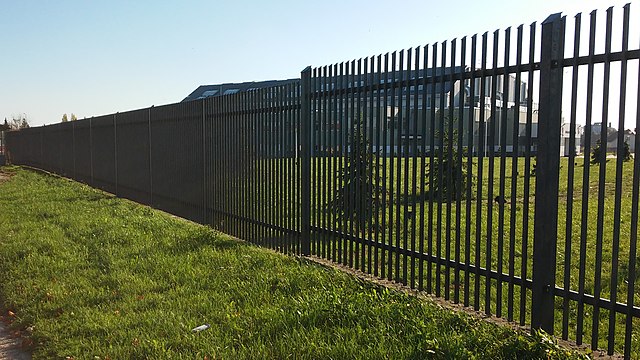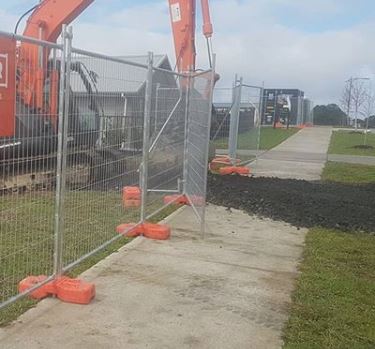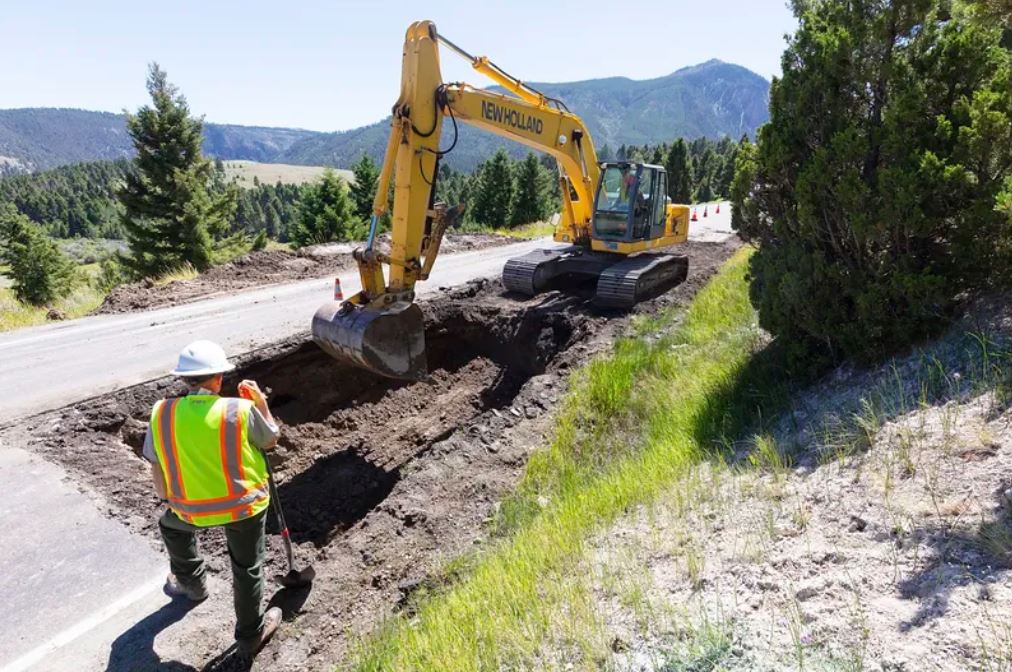
Soil erosion is a gradual process that occurs when soil is removed from one area and deposited in another. This can be caused by wind, water, or ice, and can lead to a number of problems including loss of nutrients, decreased fertility, and even the formation of gullies and ravines.
There are many ways to prevent soil erosion, but the most important thing is to start early and take action before the problem gets too bad. In this article, we discuss several ways to get started preventing erosion.
Understand The Causes Of Soil Erosion
One of the most common factors that can contribute to soil erosion is simply the force of gravity. Gravity pulls everything downhill, and over time this can cause even large rocks and boulders to slowly move and shift. This process is called mass wasting and can be a major factor in soil erosion, especially on steep slopes.
Other factors that can contribute to soil erosion include water, wind, ice, and even human activity. Water is perhaps the most important factor, as it is responsible for a majority of the soil erosion that occurs each year. Flowing water is very powerful, and even gentle rains can cause enough runoff to carry away topsoil. Wind has a devastating impact on soil stabilization, especially in dry areas where there is little to no vegetation to hold the soil in place. And finally, ice can also cause soil erosion, especially during spring when the snow melts and runoff is high.
Soil erosion is a major problem because it can lead to a number of negative consequences. For example, it can lead to the loss of nutrients from the soil, which can decrease its fertility. In addition, soil erosion can also create gullies and ravines, which can make farming and other activities difficult or even impossible. And finally, soil erosion can also contribute to sedimentation in rivers and lakes, which can lead to a decline in water quality.
Read about Types of Soil Erosion and Mitigation Strategies in this article.
Steps To Prevent Erosion Before It Becomes A Problem
Erosion is a problem that can gradually sneak up on you. It can be caused by wind, water, or ice and can lead to loss of nutrients, decreased fertility and even the formation of gullies and ravines. But there are steps you can take to prevent erosion before it becomes a problem.
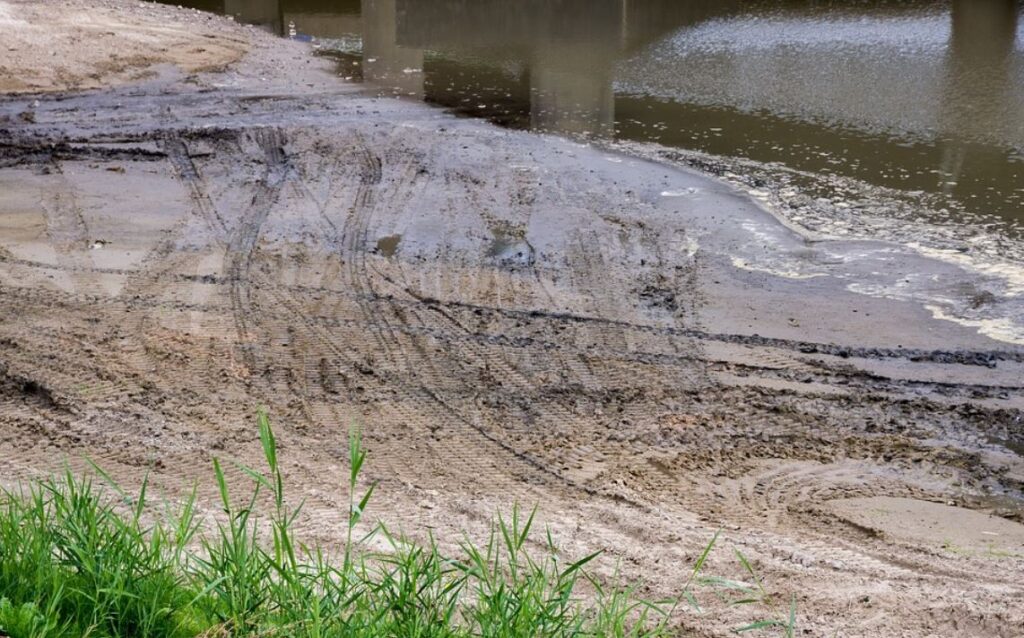
Know Your Enemy
Erosion is caused by the forces of nature, so it’s important to be aware of the potential dangers in your area. If you live in an area prone to high winds, for example, take steps to protect your soil from being blown away.
Cover Exposed Soil
One of the best ways to prevent erosion is to simply cover any exposed soil with vegetation or mulch. This will help hold the soil in place and prevent it from being blown or washed away.
Build Barriers
Another good way to stop erosion is to build barriers such as berms, terraces, or windbreaks. These can be made of stone, wood, plastic, or other materials and can help deflect the forces that cause erosion.
Use Water Wisely
Water is one of the main culprits when it comes to erosion, so it’s important to use it wisely. Avoid over-watering your plants, and direct runoff from downspouts and gutters away from vulnerable areas.
Be Prepared For Storms
If you live in an area prone to severe weather, take steps to protect your property before a storm hits. Remove loose items from your yard, trim back trees and shrubs, and build barriers around vulnerable areas.
Read about What is Soil Stabilization in Road Construction in this post.
Install Fences Or Barriers To Keep Soil In Place
One way to help prevent soil erosion is by installing silt fence or barriers. These can help to keep the soil in place, especially when used in conjunction with other methods such as planting vegetation. Fences and barriers can be made from a variety of materials, including wood, metal, or plastic.
Planting vegetation can help to hold the soil in place, as well as provide other benefits such as providing food and shelter for wildlife. When selecting plants, it is important to choose those that are native to the area and that will thrive in the local conditions.
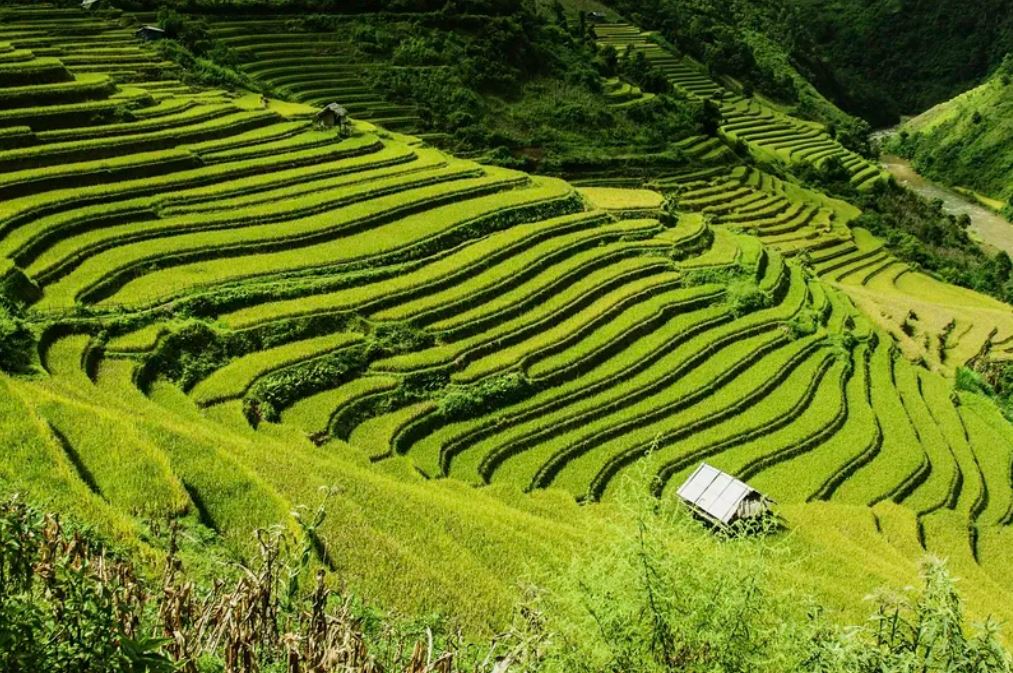
Build Terraces And Retaining Walls To Control Water Flow
There are many ways to control water flow and soil erosion, but building terraces and retaining walls is one of the most effective methods. By creating level surfaces, you can reduce the speed at which water flows downhill, which will help to keep the soil in place. Additionally, retaining walls can help to create dry areas where plants can grow and take root, preventing soil erosion.
Control Livestock Grazing And Farming Practices
Livestock grazing and farming are two of the biggest causes of soil erosion. If you live in an agricultural area, it is important to be aware of the potential risks and take steps to minimize them. One way to do this is by planting grass or other vegetation to stabilize the soil. Additionally, avoiding tilling when possible and using crop rotations can help to reduce the amount of exposed bare soil surface.
Disperse Rainfall Over A Wider Area With Rain Gardens
Rain gardens are special gardens that are designed to catch and soak in rainwater. A depression is created to catch storm water before it can flow off the property. The spot must have good drainage to begin with which can be determined by doing a percolation test. A variety of deep rooted plants should be installed in the garden that will help to absorb the water. Rocks at the inlet and overflow outlet can help stabilize those areas and reduce maintenance while helping the water to seep into the soil. A rain garden will not only help to prevent flooding in the neighborhood, but it will also help to improve the quality of the groundwater.
Construct Ponds And Wetlands To Detain Water Runoff
Ponds and wetlands help detain water erosion by acting as natural filters. The vegetation in these areas helps to remove pollutants from the water, and the soils help to absorb and filter out sediment and other particulates. In addition, ponds and wetlands provide a habitat for wildlife, which can help to reduce erosion and promote plant growth along the shores of waterways.
Use Hydroseeding, Mulch, Compost, Or Straw On Slopes To Reduce Runoff
Using mulch, compost, or straw on slopes can help to reduce runoff and soil erosion. Mulch helps to retain moisture in the soil, while compost and straw add organic matter which helps to improve soil fertility and stability. Hydroseeding is an effective way to install grass seed along with a slurry that acts as an effective mulch over large areas including slopes. This mixture holds the seed in place while helping to ensure optimal germination rates for grasses that create fast growing ground cover. All of these materials can be used to help create a barrier that will protect the soil from the forces of erosion.
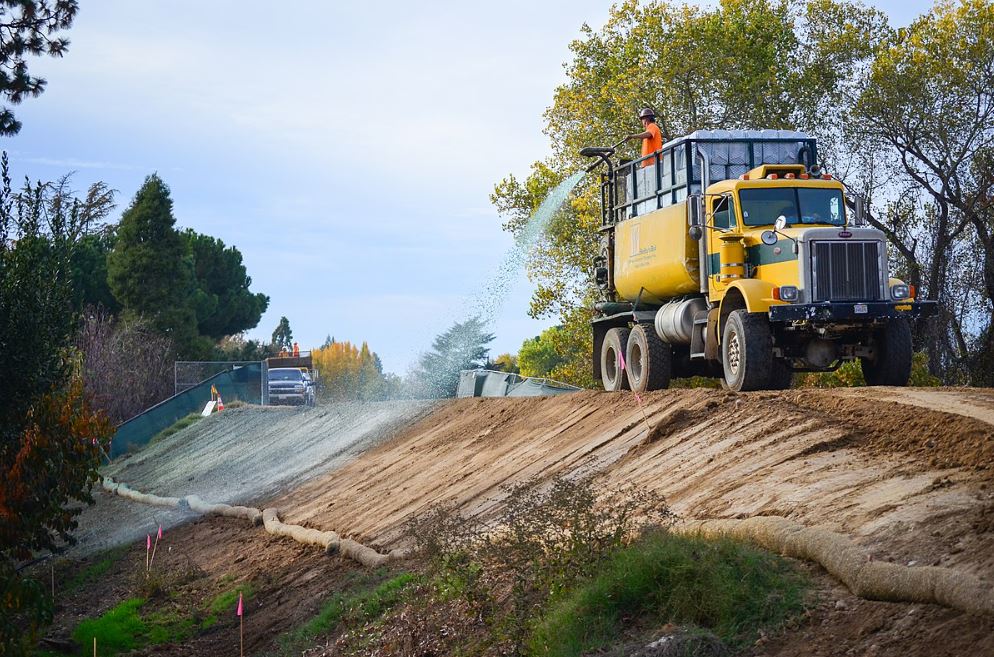
Final Thoughts
Eastcoast Sitework, is your trusted sitework contractor specializing in soil erosion prevention and effective dirt erosion control methods. We understand the importance of preserving the environment and protecting your property from erosion. Here are some of the most effective methods we recommend to prevent soil erosion and maintain the integrity of your land:
- Control Water Flow: Properly managing water flow is crucial in preventing erosion. Implementing techniques such as installing drainage systems, terracing, and swales can effectively redirect water away from vulnerable areas, reducing the risk of erosion.
- Plant Vegetation: Planting vegetation, especially on slopes, is an excellent way to stabilize the soil. The root systems of plants hold the soil together, preventing soil particles from being washed away by water or carried off by wind.
- Building Barriers: Constructing barriers like retaining walls and erosion control blankets can provide added protection against soil erosion. These structures act as physical barriers, preventing soil movement and minimizing the impact of erosion.
- Addressing Construction and Soil Disturbance: During construction activities, it’s essential to implement erosion control methods to prevent soil disturbance. Silt fences and sediment basins can effectively control soil runoff and prevent erosion during construction projects.
- Managing Livestock Grazing and Farming: Proper grazing and farming practices, such as rotational grazing and contour plowing, can help reduce soil erosion in agricultural areas.
- Addressing Sheet Erosion: Sheet erosion can be prevented by using cover crops and maintaining vegetative cover on exposed soil surfaces, which helps break the impact of raindrops and reduces soil detachment.
At Eastcoast Sitework, we are experienced in handling various erosion control methods, and we can assist you in fixing erosion issues in your yard, especially in sloped areas. Our team can recommend and implement the most suitable erosion prevention techniques tailored to your specific needs.
Whether it’s wind and water erosion concerns, controlling erosion in construction sites, or applying erosion control methods in agricultural settings, Eastcoast Sitework is your reliable partner. We are dedicated to providing effective solutions to prevent erosion, safeguard the environment, and protect your valuable property.
Contact us today to learn more about our soil erosion prevention services and how we can help you maintain a stable and erosion-free landscape. Together, let’s work towards a sustainable and protected environment for the future.
Frequently Asked Questions
Q: What is gully erosion?
A: Gully erosion is the process of water eroding and deepening small channels or gullies in a landscape. It is often a result of surface water flowing over the ground for extended periods of time, as well as from rainfall runoff. Gully erosion can cause serious damage to agricultural land, roadways, and other infrastructure. In addition, gully erosion can also lead to significant increases in sedimentation and pollutants in waterways.
Q: What is sheet erosion?
A: Sheet erosion is a type of water erosion that occurs when large volumes of water flow over a relatively flat ground cover as opposed to a steep slope. The water causes the soil to erode and to be carried away in sheets or large flows. Sheet erosion is often a problem on agricultural land, where it can cause significant damage to crops. It can also lead to the loss of topsoil and the creation of gullies and ravines. Soil compaction decreases water infiltration which can lead to increased sheet erosion.
Q: Do erosion control blankets work?
A: When applied under the right circumstances, yes. Erosion control blankets, or ECBs, are made of biodegradable materials like straw, jute, or coconut fiber. They’re designed to be placed over the soil to prevent erosion and help new plants get established.
ECBs work best when they’re used in combination with other methods of erosion control, like terracing, retaining walls, or mulching. They also need to be installed properly and maintained regularly for them to be effective. Soil type, climate conditions, and the amount of traffic on the site all affect how well ECBs will perform.
Additional Resources
- How does Vegetation Help Stabilize Slopes and Prevent Erosion?
- Silt Fence Best Practices for Stormwater Management
- Soil Erosion and Sediment Control Strategies for NJ Residential Construction

